Niran “Lifeweaver” PruksaManee is Overwatch 2’s 37th hero, a support character who specializes in plant-based technology to heal and protect his teammates. He’s a fugitive on the run from the Vishkar Corporation who was close to DPS character Symettra while at the company’s Architech Academy. He’s the first character in the hero shooter to originate from Thailand. He’s also the game’s first “openly” pansexual character, and given Overwatch’s complicated history with queerness even as it attempts to court the LGBTQ+ community, Blizzard being so forthcoming with this fact is refreshing, and has me excited to add him to my personal roster of mains.
Read More: In Overwatch, Healing Is The Real Gay Agenda
In a roundtable interview with members of the Overwatch 2 team, Lead Narrative Designer Gavin Jurgens-Fyhrie explained that having Lifeweaver’s identity front and center was important to the team, and was a key takeaway when consulting members of the queer community on his portrayal.
“Representation has always been really important to this team and we’ve been looking for a way to express that more,” Jurgens-Fyhrie says. “So I think in terms of Lifeweaver, when we were initially discussing this, we wanted a pansexual character, and the approach that everyone was happy with was that this would be an openly pansexual character.”
Overwatch’s complicated queer history
Overwatch is full of diversity, with each of its heroes coming from different parts of the world and representing a wide range of ethnicity and culture. However, In a game like Overwatch which doesn’t have a traditional plot (until its PvE content starts to roll out later this year, at least), finding ways to represent identity has been a point of contention surrounding the game since it first launched in 2016. Overwatch’s story is primarily expressed through external media like animated shorts, comics, and short stories.
G/O Media may get a commission
The story has been moving at a glacial pace over the years, and while it plays into banter and relationships between heroes, the actual plot of Overwatch only really overlaps with its gameplay when there’s an occasional story-based seasonal event. According to the team, Lifeweaver’s pansexual identity will be core to in-game lines, conversations with other heroes, and “other material” the team is “looking to expand on” in the future.
What makes this significant is that Overwatch has queer characters already, but the exploration of their identity has had a much different order of operations. Tracer, the defacto mascot of the game, is a lesbian with a girlfriend named Emily waiting for her back home in London. Soldier: 76, the game’s resident grumpy grandpa, is a gay man and was once in a relationship with someone named Vincent before his dedication to the cause resulted in the two splitting up. He’s since wandered the world as a lone vigilante but still holds a soft spot for his old flame. However, these weren’t presented up front alongside the characters’ introductions but instead were shown in comics and short stories after the fact.
It’s created a complicated relationship between Overwatch and its queer fanbase. While Blizzard is adamant these two characters were always queer (and there are references to Soldier’s relationship as far back as 2016), most people that play the game don’t know that because it’s not referenced in the game itself. Tracer’s relationship with Emily has been in content like the original Overwatch 2 announcement trailer, an in-game spray, and in a single voice line on the King’s Row map, but if you don’t read the comics, you likely won’t know who Emily is or who she is to Tracer.
Soldier and Vincent’s relationship is even more buried, with the only in-game reference being a spray of an old photo of the two that was only briefly available in 2019. While Tracer’s love story has played out in comics, Soldier’s identity has especially felt like just a label, even if the angsty tragic story of an old soul who has loved and lost in the name of duty hurts real good. It opens the series up to the kinds of criticisms levied at things like the Harry Potter series, in which Headmaster Albus Dumbledore was revealed to be gay outside of the actual books in 2009, and was largely just a known thing within the fandom based on J.K. Rowling’s word until the Fantastic Beasts movies. The idea that creators can get representation brownie points by saying characters are queer without actually following through permeates through mainstream movies, television, and video games. I’m often hesitant to lay that at Overwatch’s feet considering it’s a game without a plot, but the lasting impact the approach has had on the series is tangible.
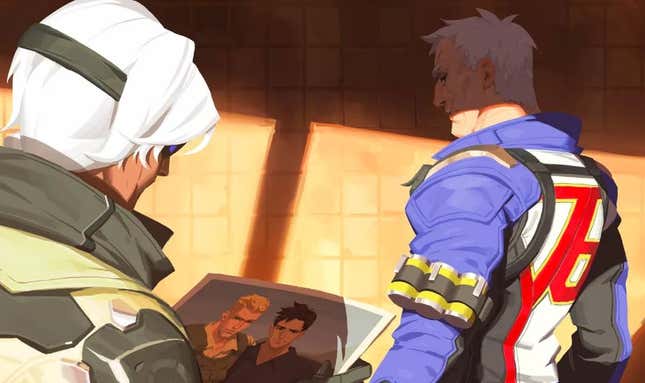
In a roundabout way, not being upfront with queer inclusivity has muddied Overwatch’s message. It’s an online multiplayer game that lives or dies by its community, and when you’re anything less than transparent with your values, it can give hate and abuse room to fester underneath an ostensibly welcoming surface. I started playing Overwatch when I learned about Soldier: 76’s queerness, and within my first day of playing, homophobic slurs were thrown my way when playing as him. By design, inclusive spaces are meant to push out hateful people and their views, but Overwatch withholding its queer characters’ identities from the public until after their debut gives prejudice an opening through which it can (and did) weasel its way into the game’s community.
Lifeweaver is Overwatch’s first openly pansexual hero
Now, Lifeweaver is being touted as Overwatch’s first “openly” pansexual character in his character introduction and will be flirting with team members in-game, and it seems Blizzard is cognizant of past criticisms.
“It was a question asked to us in the last [interview] session. ‘Is this a label or is this something that you intend to do something with?’ I’m very happy to say it’s something that we are making part of his core character,” Jurgens-Fyhrie says. “You’ll see this expressed in conversations with other heroes. I don’t want to give any spoilers, but there’s going to be some flirting going on. So I do want everybody to keep an eye out for that as well. We’re very excited to see how that’s received.”
When I asked if anyone would be receptive to Lifeweaver’s advances, Jurgens-Fyhrie responded “I don’t want to spoil this with a lot of details, but I will say ‘yes’ and you will find out who bears it.”
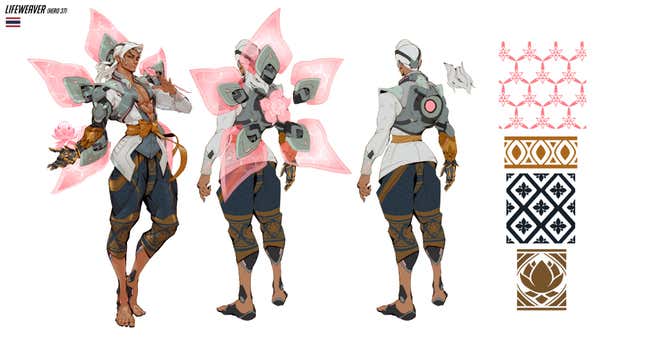
This aspect of Lifeweaver’s identity even comes through in his design. There’s an elegance to the way he presents himself and speaks, and that elegance translates to his appearance. Plants are, of course, core to his kit (which is very queer), but the giant, glowing pink flower attached to his back is loud and vibrant and a centerpiece in his visual design. His long, flowing white hair is gorgeous and better than any other man’s in Overwatch, and the open shirt and slutty little cinched waist all scream “queer.” Between Soldier: 76 and Lifeweaver, both of Overwatch’s queer men explore a spectrum of what queer masculinity in character design can be. I’m interested to see how Blizzard riffs on these core design concepts in future skins.
While Lifeweaver feels like a step in the right direction for how Overwatch can represent queerness in its world, what remains to be seen is if the game is going to get better at acknowledging its queer fans in the way other online multiplayer games like Apex Legends and Dead By Daylight have. Overwatch has rainbow cosmetics, but nothing definitively associated with Pride. The series has long existed in a state of plausible deniability. According to the team, Blizzard is working on something for Pride Month in June, but won’t be talking about that until “most likely the middle or end of May.”
Lifeweaver will join Overwatch 2 as part of the game’s fourth season on April 11.

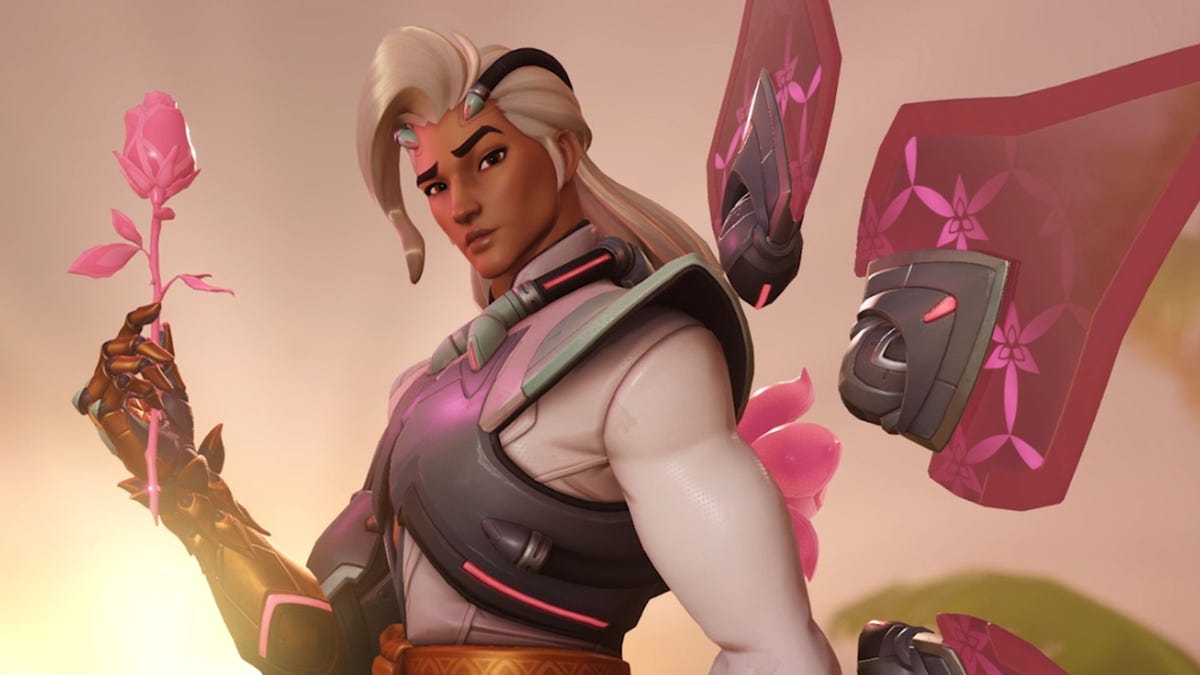
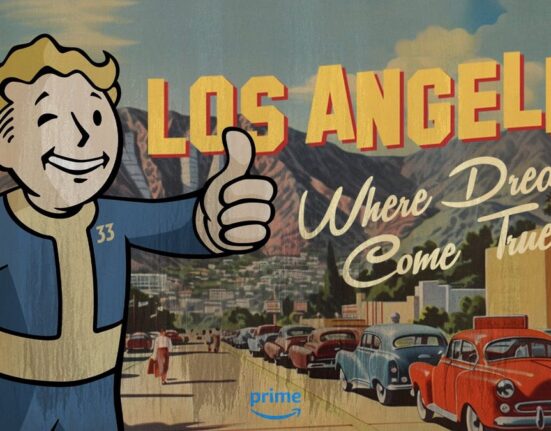

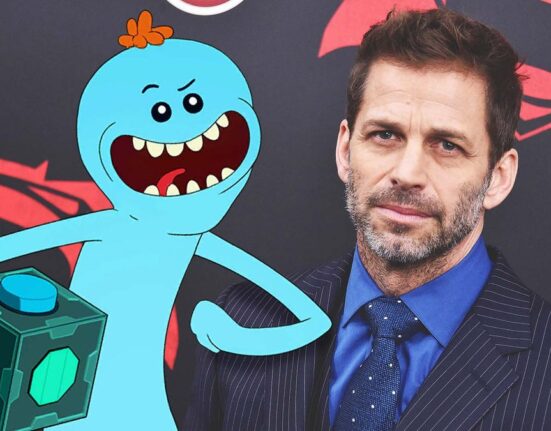
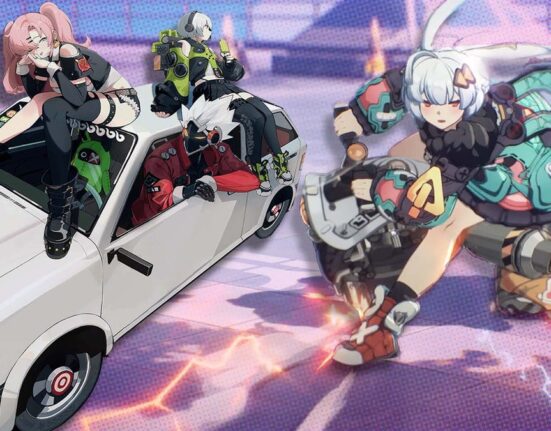
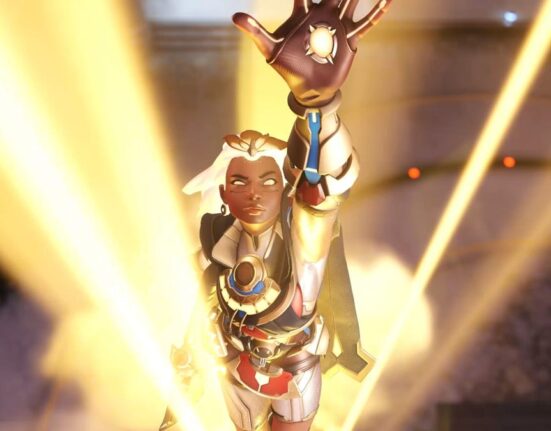
Leave feedback about this